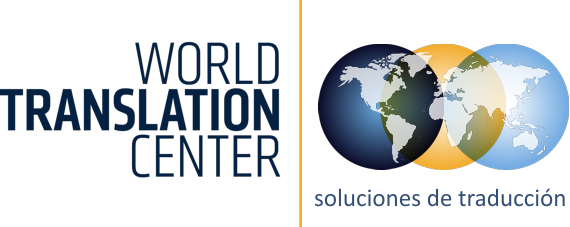World Translation Center es una compañía de servicios completos de traducción con capacidades para llevar a cabo todo tipo de proyectos de traducción o grabación de voz.
Articles and Stories
Tolkien’s Hobbit – Translating and Reflecting the Author’s Intention
As someone who used to read novels quite frequently (not so much now that I have a lot more other responsibilities), I have always been quite particular about the adaptation directors and screen writers make of novels to be viewed on the big screen. Interestingly enough, I happen to be married to a lovely man that works in the film and video industry, and over the years he has taught me to appreciate the aspects of editing and adaptation and the reasons why movies such as “The Lord of the Rings” end up having sections slightly modified or edited out.
Each reader interprets a novel slightly differently. A film director will create his interpretation of it and filter it to make it work for the big screen. The process is actually no different from the one involved in translation. Though removing chapters might not be a common practice, there is a big interpretation process in reflecting the original tone of a writer into a foreign language version. The translator always walks a fine line between making a translation too literal, or making it too creative and losing the style of the original writer by imposing their own.
A book is a work of art, the author has the same love for it as a parent feels for its child. They see it grow, improve, take its own path. They will have their frustrations with it, and yet, one day they’ll have to release it into the world and hope this “baby” will have an impact on others in some way. Now, if you take this into consideration, it wouldn’t surprise you that when a writer makes the decision to have the book translated, the writer would expect the translated version to respect the nature of the original book. This very thing made me wonder about “The Lord of the Rings”, and “The Hobbit”, which I read as a teenager in Spanish, but only saw the movie in English. I thought it was a great adaptation of the book but what I remember the most was wondering why some names of the characters had been kept the same as in English (Frodo, Bilbo), while others had been translated into Spanish.
When I heard that the movie would be made based on “The Lord of the Rings trilogy”, I grew an interest in how Tolkien had developed his imagination to create such fantasy in his books. His method was based on nomenclatures, etymology and the meaning linked to those, so part of it was rather logical and methodical, not all was pure imagination. Once I understood this, it made sense that a name like Bilbo Baggins was translated into Bilbo Bolsón in Spanish, as this name represented a trait of that character through the etymology of the word, and had to therefore show as well through translated versions.
I had read that Tolkien was very particular about how translators translated his book; he didn’t want to have much of it lost in translation. In fact, he had a guideline for the translation of the names in his books. Knowing and understanding this, it is not surprising that World Translation Center decided to take a similar collaborating approach when the time came to translate a book for a client. It required constant communication and review process to ensure the soul of the book was reflected in other languages, but the effort was well worth it. Not only had we helped reach out to other cultures, we served as a bridge so that global audiences could also see the writer’s style without tainting it.







